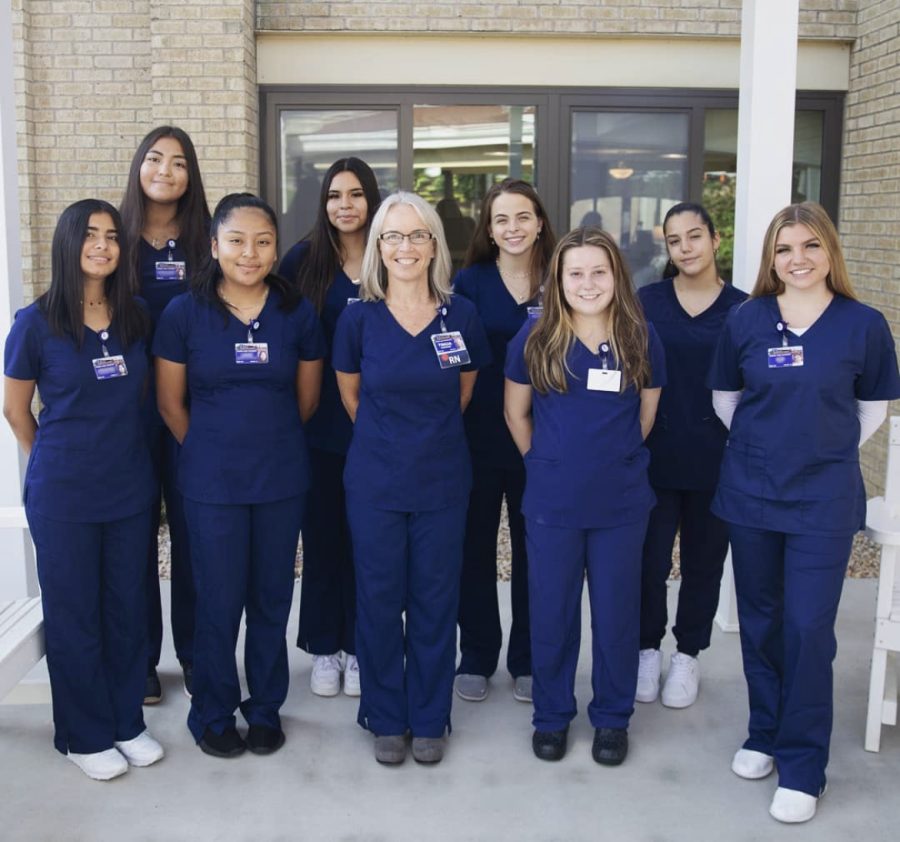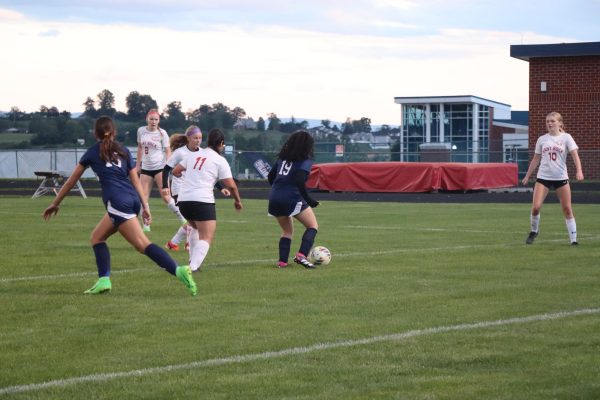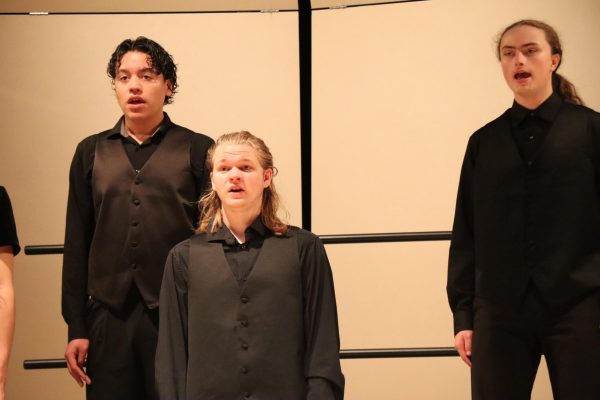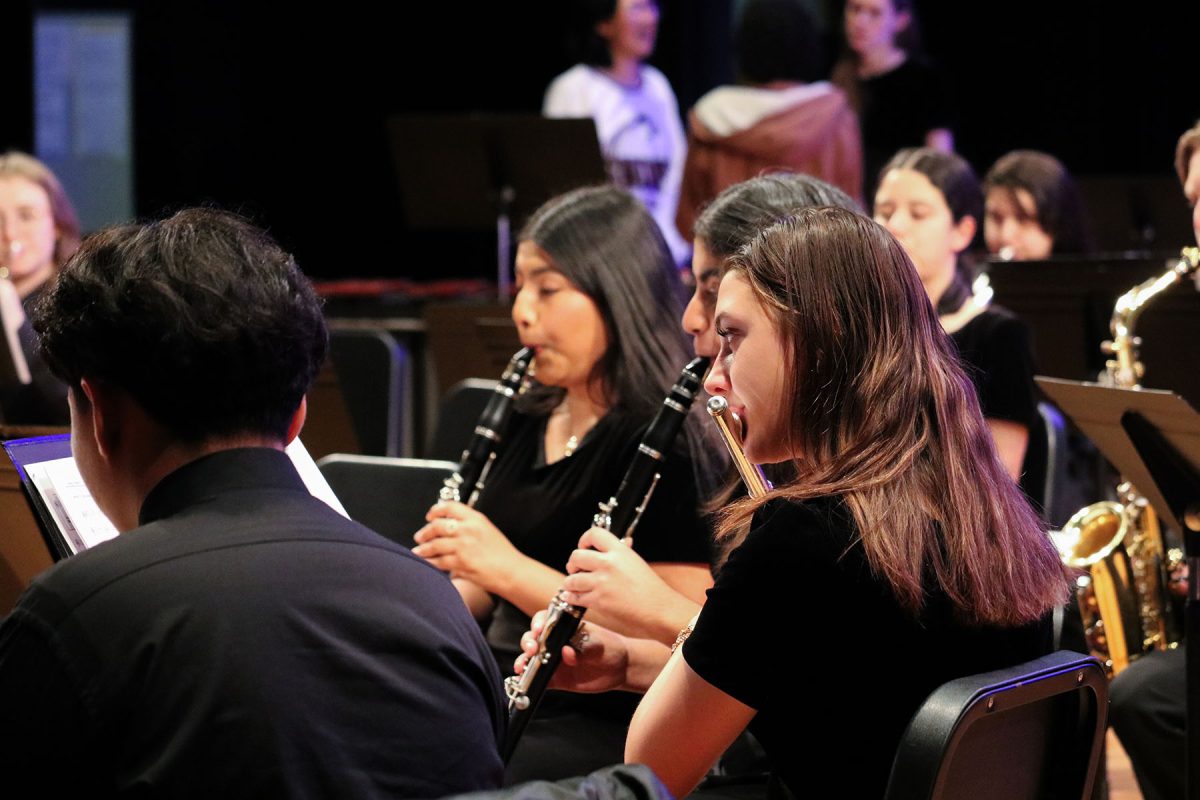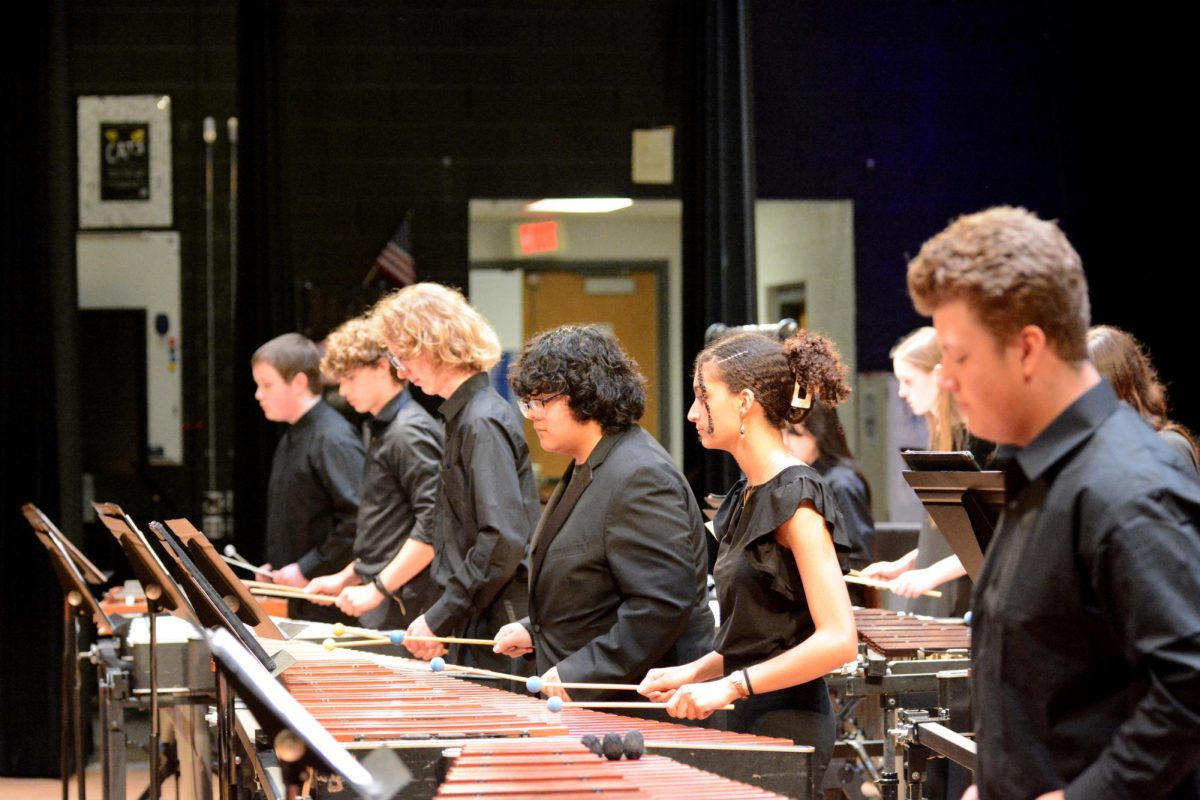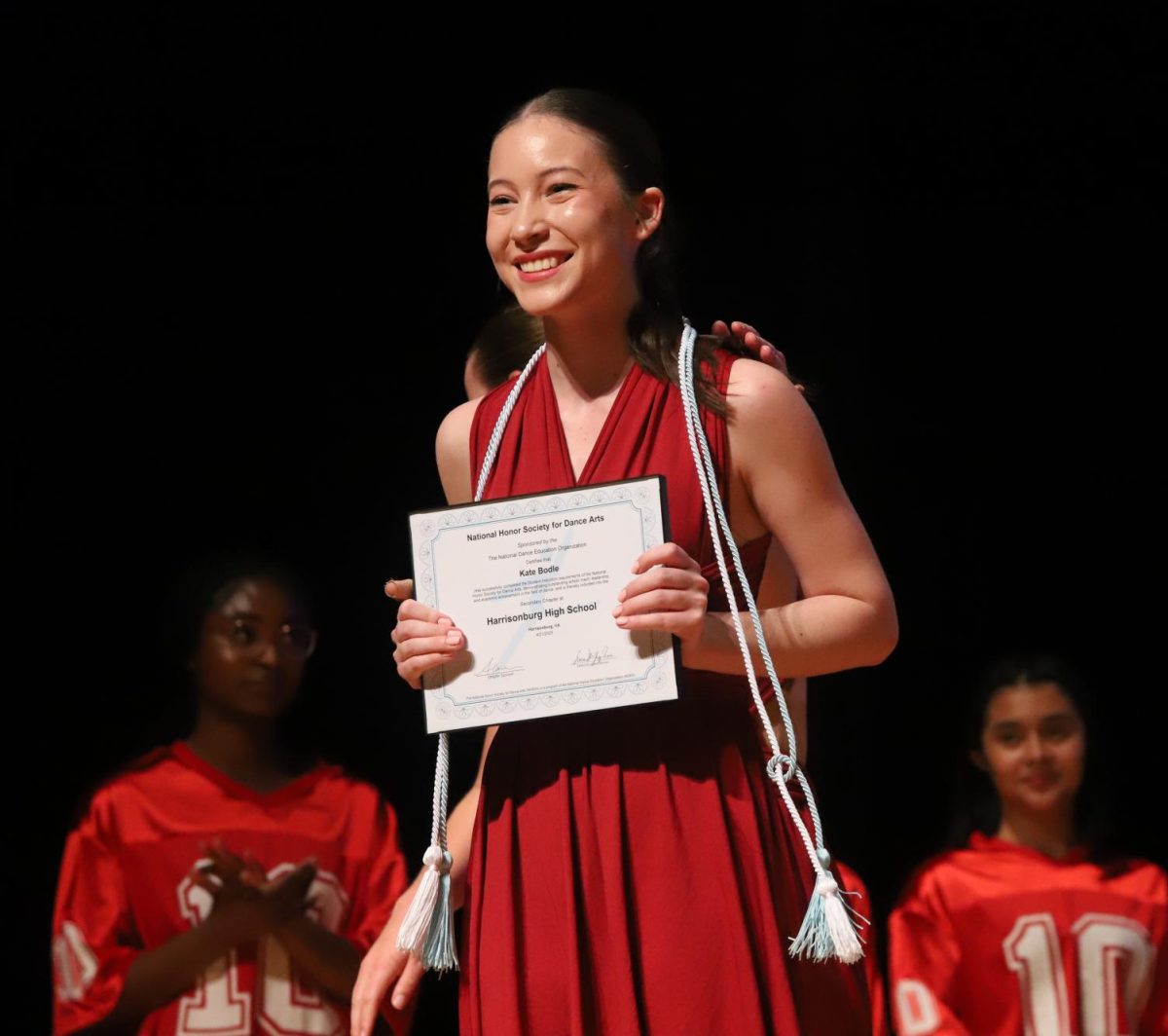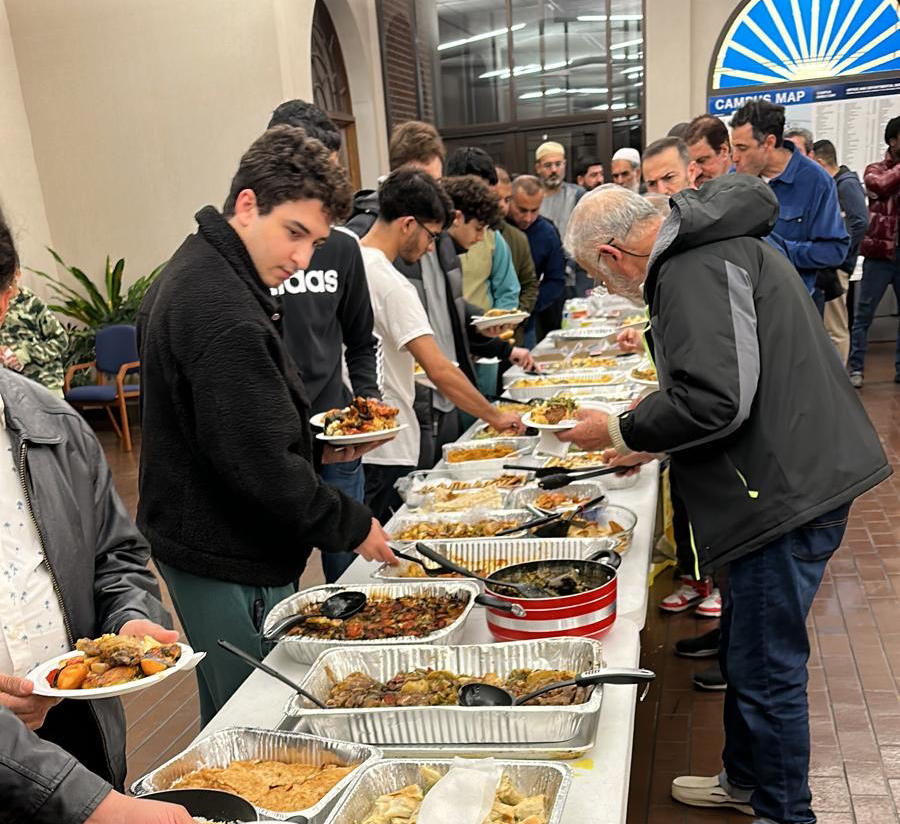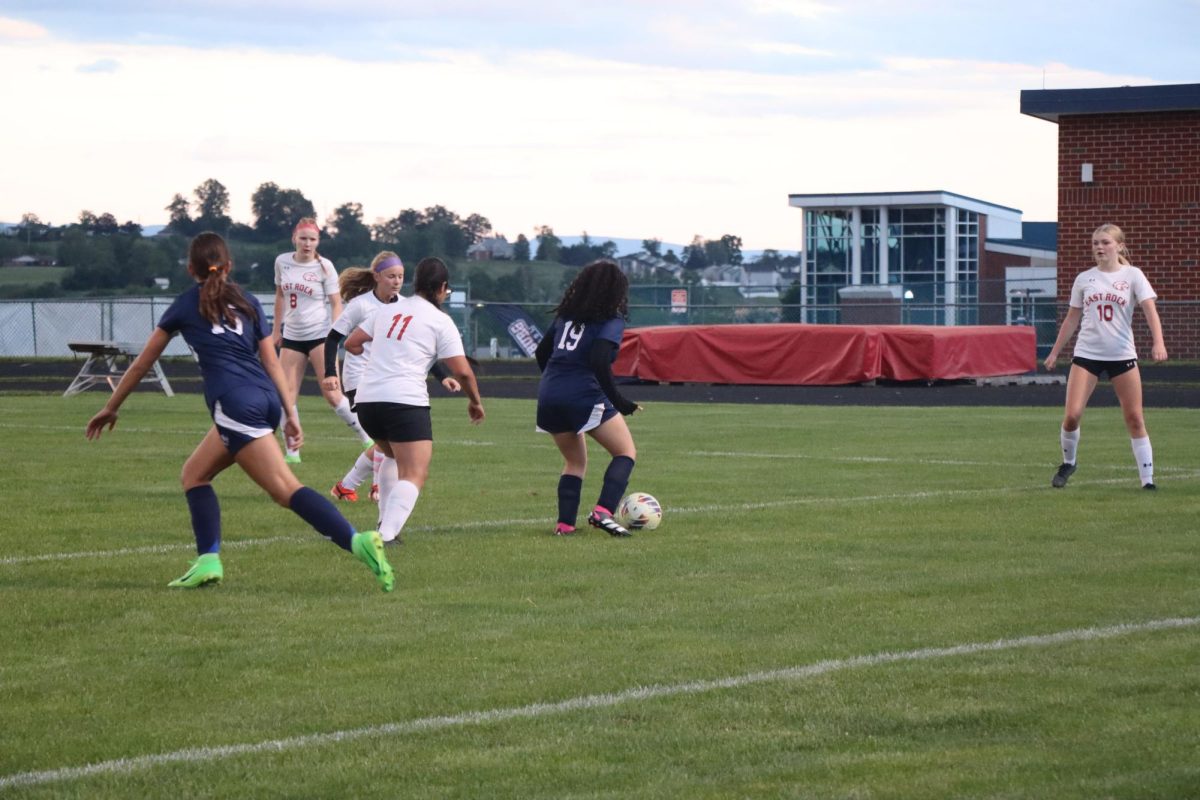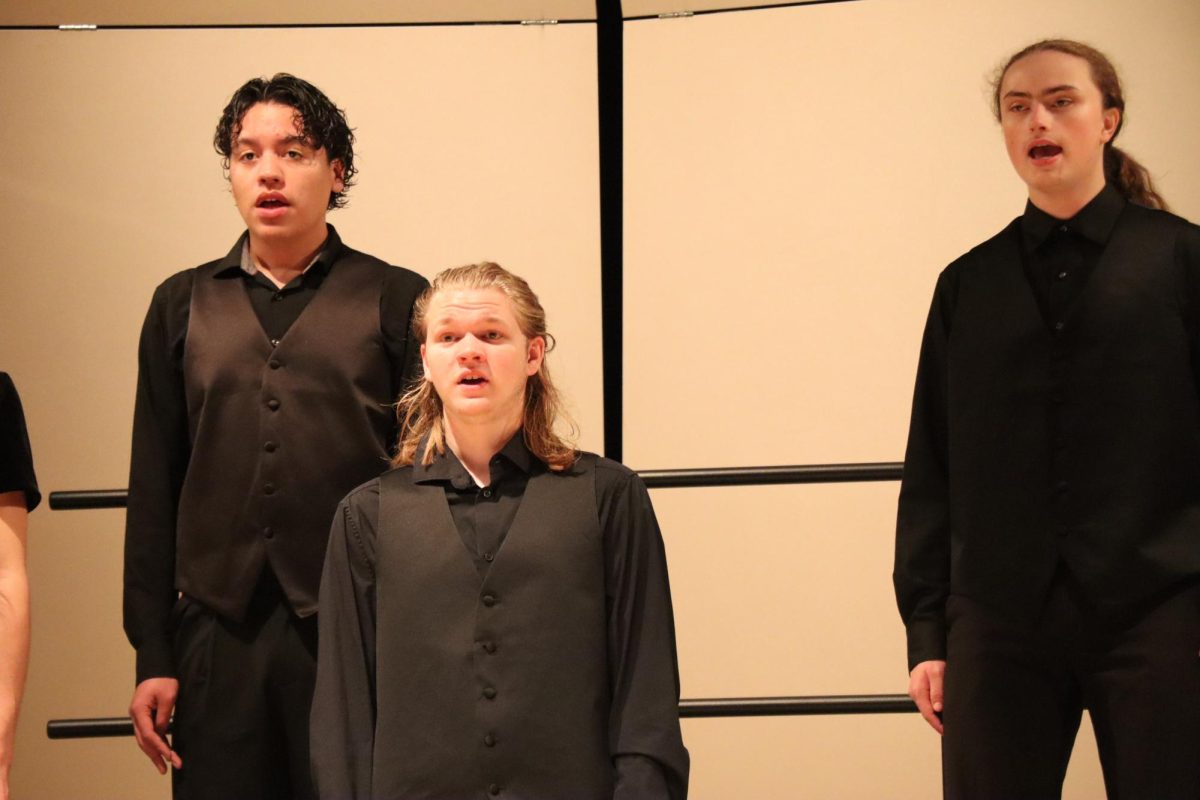Cummings serves as Nurse Aide program instructor
Used with permission by STEM HHS
Back row: Seniors Adriana Calles Elias, Fanny Valderramos-Flores, Clara Miller and Maria Torres Moreno. Front row: Seniors Johona Alvarenga Cruz ,Leidi Romero-Velasquez Instructor Tricia Cummings, senior Mia Stewart and senior Ava Rath.
January 8, 2022
After teaching math for 21 years, STEM Medical Terminology & Nurse Aide Instructor Tricia Cummings decided to go back to school to earn her bachelor of science in nursing and become a registered nurse. Cummings then wanted to return to teaching and took a position at HHS. Cummings is the instructor for the Nurse Aide program which was delayed a year due to COVID precautions. The program is intended for seniors in the Governor’s STEM academy but juniors may be eligible as well if there are still remaining spots.
“My students and I meet at VMRC (Virginia Mennonite Retirement Community) for first block. We have our own classroom and we have two classrooms for skills labs. We are right on sight there when we do clinicals,” Cummings said.
Despite the fact that there are no required prerequisites, students are encouraged to take other healthcare courses at HHS.
“It is helpful to have taken introduction to healthcare and medical terminology but it is not necessarily required,” Cummings said. “This is just a really good way to find out if healthcare is for them.”
In addition to classroom hours, the course offers students the unique perspective of nursing through clinical experience.
“Each class is two blocks long and takes place over one semester. VBN says that we have to have so many hours of classroom time and so many hours of skills lab where we practice on mannequins and at the end we need to have ‘x’ amount of hours in clinical experience where we are actually taking care of the residence at the VMRC,” Cummings said.
At the conclusion of the course, students have the opportunity to test to become Certified Nursing Assistants (CNA).
“A CNA’s role typically involves assisting patients with activities of daily living and basic tasks,” Cummings said. “CNAs work with patients and residents basically to help them with their daily living activities. Help them get up in the morning, get dressed, go to the bathroom, brush their teeth, shower, if they need help eating. They take vital signs [such as] blood pressure [and] temperature. They also change the beds and clean up the rooms, and take meal orders. It’s a whole lot of different things they do, but basically it is to help the people with their daily activities.”
Although the class is beneficial for students who want to go into nursing, Cumming’s believes any student interested in the healthcare field would do well in the course.
“The class is not just for people who want to be nurses though. Anybody who thinks they might be interested in healthcare [it] is a good class for them. I’ve got a couple of students who think they want to be physical therapists and it’s a good class for them. This is just a really good way to find out if healthcare is for them,” Cummings said.



